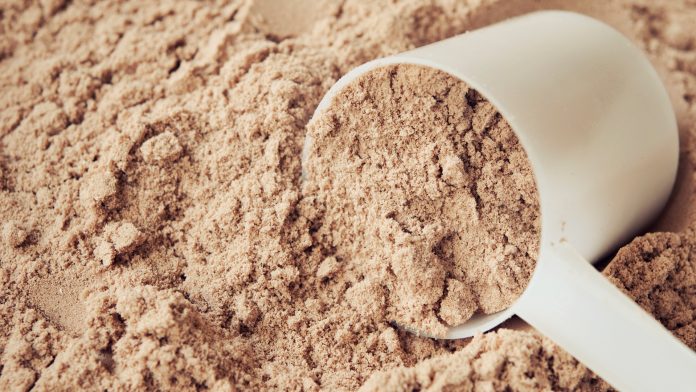The future landscape of high-performance plastic may be drastically altered due to the development of a novel plastic foam derived from whey protein.
Created by scientists from the KTH Royal Institute of Technology in Stockholm, the plastic foam originating from whey protein has demonstrated exceptional performance, enduring extreme heat far superior to traditional petroleum made thermoplastics.
Their research is published in Advanced Sustainable Systems.
The neoteric material shows an increase in its mechanical performance days after exposure to high temperature, potentially making it an ideal candidate for catalysts in cars, fuel filter, or packaging foam. Thanks to this durability, protein-based foam plastics may be applicable in tough environments, such as thermal insulation, filtration, and fluid absorption.
The foam plastic is fabricated from protein nanofibrils (PNFs), which are self-assembled from hydrolysed whey proteins – a byproduct of cheese production – made under specialised pH conditions and temperature.
Mikael Hedenqvist, the study’s co-author and professor in the Division of Polymeric Materials at KTH, said: “In tests, the foams improved with ageing. After one month of exposure to a temperature of 150C, the material became stiffer, tougher and stronger.
“This material only gets stronger with time; If we compare with petroleum-based, commercial foam materials made of polyethene and polystyrene, they melt instantly and decompose under the same harsh conditions.”
The biggest obstacle in developing protein-based materials is that a vast amount of them are water-soluble; however, this newly developed plastic foam displayed excellent water resistance after the ageing process, which polymerised the protein with new covalent bonds making the material stable.
The team tested the plastic foam against surfactants and reducing agents – aggressive substances that usually erode or dissolve proteins – it remained unphased. Further tests were carried out against diesel fuel and hot oil, with the plastic foam once again demonstrating stellar resistance, additionally achieving better fire resistance than the commonly used polyurethane thermoset.
Hedengvist said: “This biodegradable, sustainable material can be a viable option for use in aggressive environments where fire resistance is important.”
Further applications include aiding catalytic metals that work at higher temperatures, such as platinum catalyst in cars or in foam packaging for thermal insulation in harsh environments.









